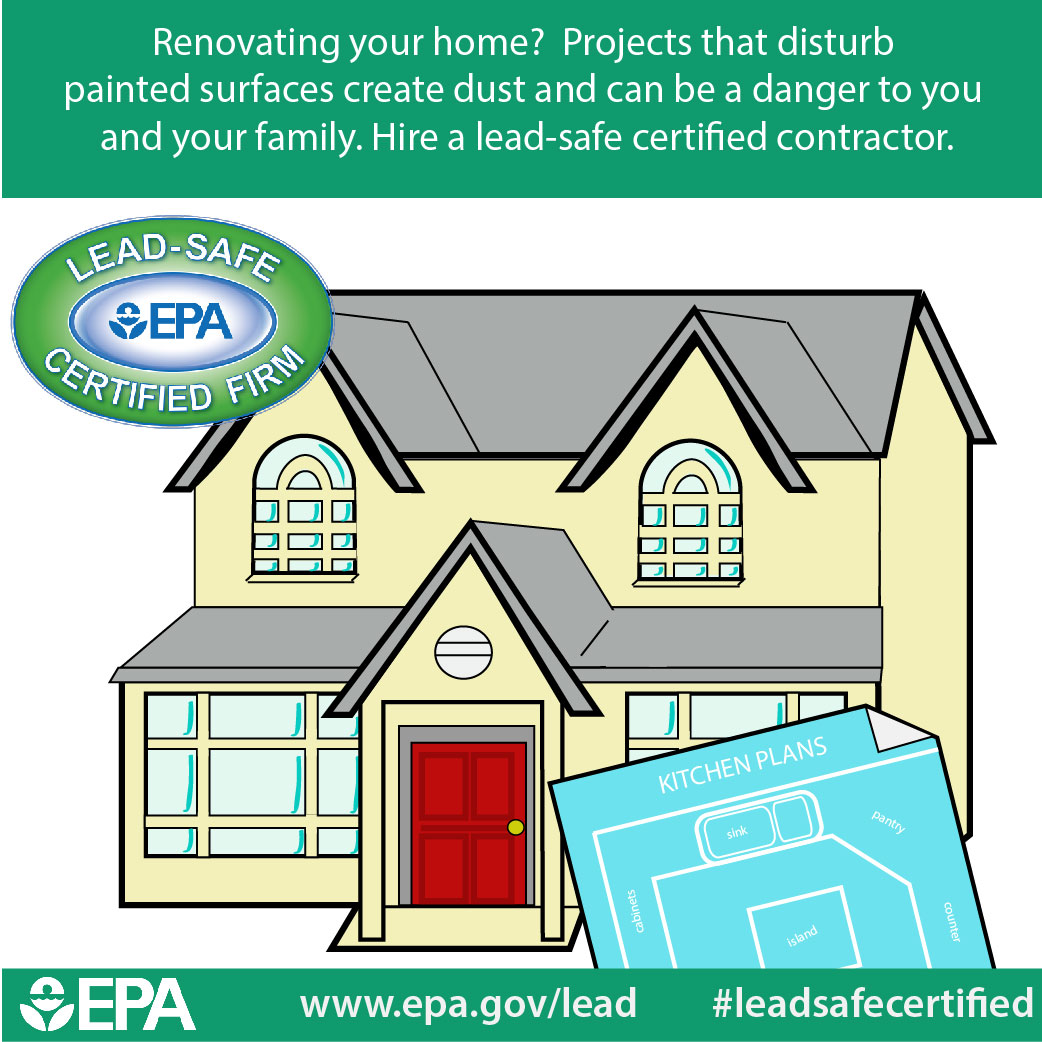Comprehending The Influence Of Weather Condition On Commercial Exterior Painting: Crucial Insights
Comprehending The Influence Of Weather Condition On Commercial Exterior Painting: Crucial Insights
Blog Article
Author-Weiss Monaghan
When you're preparing a commercial exterior painting task, do not underestimate the influence of climate on your outcomes. You need to think about aspects like temperature, humidity, and precipitation, as they can make or break your paint task. For instance, did you understand that optimal conditions ask for particular temperature ranges and moisture levels? Stopping working to keep track of these aspects can cause unequal surfaces and even damage to fresh paint. Understanding these elements is crucial to achieving a durable, professional result. So, what specific weather should you be wary of?
Temperature Considerations
When it involves business external paint, temperature level plays an essential role in the end result of your project. If you're repainting in severe heat, the paint can dry out as well rapidly, bring about problems like poor attachment and uneven surfaces. You wish to aim for temperatures between 50 ° F and 85 ° F for the best outcomes. Below professional door painting , paint may not treat appropriately, while over 85 ° F, you risk blistering and breaking.
Timing your job with the best temperature levels is important. Start your work early in the early morning or later on in the mid-day when it's cooler, particularly throughout hot months.
Also, consider the surface area temperature; it can be significantly higher than the air temperature level, especially on sunny days. Use a surface thermostat to examine this before you begin.
If temperatures are unforeseeable, keep an eye on the weather report. Unexpected temperature drops or heat waves can derail your strategies. house painters don't wish to start painting only to have the conditions alter mid-project.
Moisture Degrees
Moisture levels significantly affect the success of your commercial outside paint task. When the moisture is too high, it can impede paint drying and healing, leading to a series of concerns like inadequate attachment and finish quality.
If https://www.nytimes.com/2021/03/25/arts/design/julie-mehretu-whitney-review.html intending a job throughout wet conditions, you could find that the paint takes longer to completely dry, which can extend your project timeline and boost expenses.
Alternatively, low moisture can also pose difficulties. Paint may dry too promptly, stopping correct application and causing an unequal finish.
You'll want to check the moisture levels carefully to guarantee you're working within the perfect variety, usually between 40% and 70%.
To obtain the very best outcomes, take into consideration utilizing a hygrometer to gauge moisture prior to beginning your job.
If you locate the degrees are outside the optimum variety, you might need to readjust your schedule or choose paints designed for variable problems.
Constantly speak with https://gregoryrrnjf.blogvivi.com/33832249/explore-just-how-proper-shade-options-can-change-the-environment-of-a-limited-area-and-explore-the-unforeseen-means-it-can-affect-your-mood-what-revelations-are-in-shop-for-you for certain referrals on humidity tolerance.
Rainfall Impact
Rain or snow can considerably interrupt your industrial outside painting plans. When rainfall happens, it can get rid of newly used paint or produce an unequal coating. Preferably, you intend to pick days with completely dry climate to make sure the paint adheres properly and remedies effectively. If you're captured in a rain shower, it's ideal to stop the job and wait for conditions to boost.
Additionally, snow can be a lot more detrimental. Not only does it develop a wet surface area, yet it can also lower temperatures, making it hard for paint to completely dry. This can cause concerns like peeling or blistering down the line.
It's important to examine the weather forecast prior to beginning your task. If rain or snow is predicted, think about rescheduling.
Always remember to permit appropriate drying out time in between layers, particularly if the weather condition continues to be unforeseeable.
Conclusion
In conclusion, watching on the climate is vital for an effective industrial exterior paint job. By keeping an eye on temperature level, humidity, and rainfall, you can make sure the most effective conditions for application and healing. Bear in mind to plan your work around favorable climate and always comply with maker standards. With the ideal strategy, you'll attain a long-lasting, gorgeous surface that can stand up to the components. Don't allow the weather condition capture you unsuspecting-- remain informed and paint smart!
